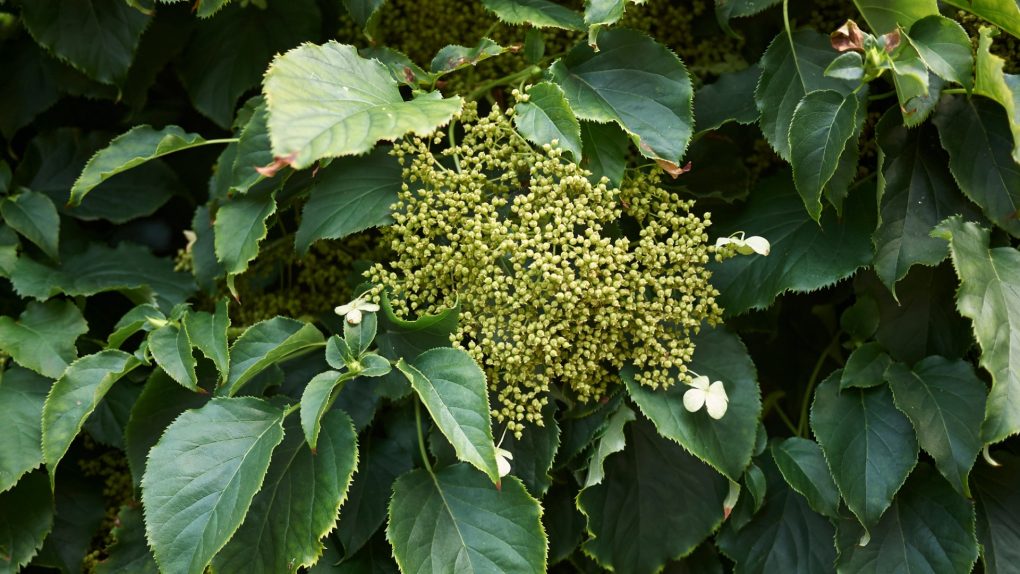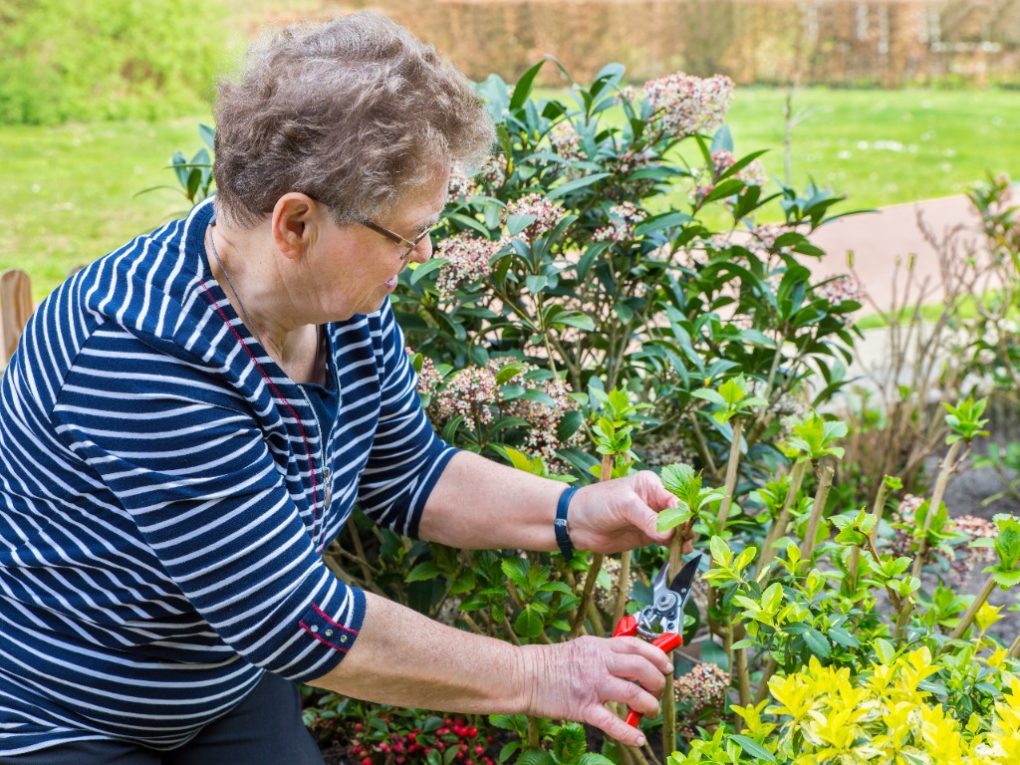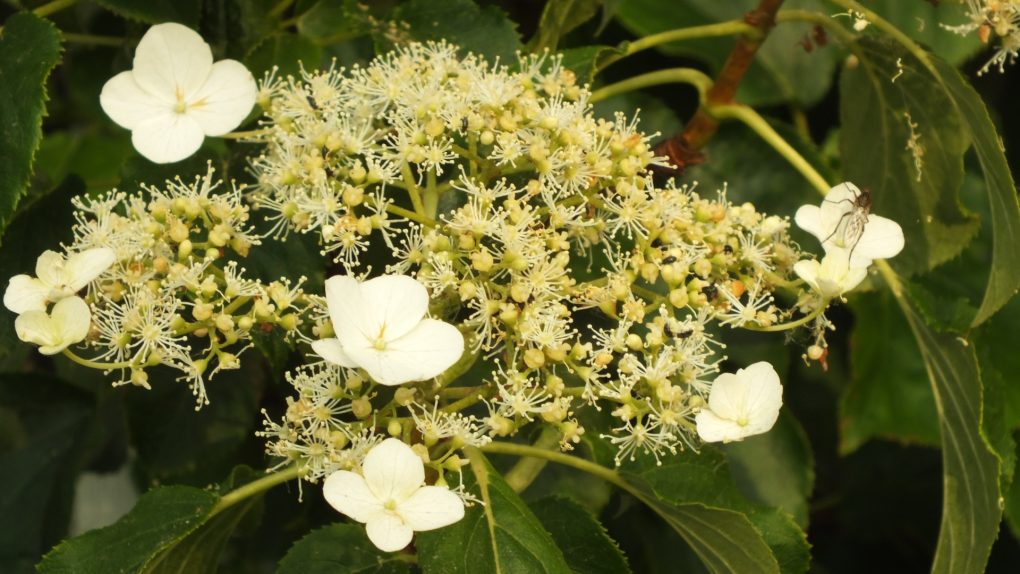Climbing Hydrangea: A Comprehensive Guide to Growing and Caring for this Beautiful Vine
Climbing hydrangea is a versatile and visually appealing plant that can enhance any garden or landscape. This deciduous vine, native to Asia, offers the beauty of a traditional hydrangea bush in a trailing form that adds texture and dimension to walls or fences.
Table of Contents
Types of Climbing Hydrangeas
There are several types of climbing hydrangeas, each with unique characteristics and growing requirements. The most popular species is Hydrangea anomala, known for its large, showy white flowers. Other varieties include Hydrangea petiolaris, Schizophragma hydrangeoides, and Decumaria barbara.

Cultivating Climbing Hydrangeas
Soil Requirements
Climbing hydrangeas thrive in moist, well-drained soil and are tolerant to different soil types, including alkaline and acidic. However, avoid planting them in heavy clay soil, potentially lead to waterlogging and root rot. If your soil is dense or clay-like, amend it with compost or peat to improve drainage.
Light Requirements
Climbing hydrangeas prefer partial to full shade. Though they can tolerate some direct sunlight, excessive sun exposure can scorch their leaves. Providing shade during the hottest times of the day is crucial for the plant’s well-being in hot climates.
Watering and Fertilization
Regular watering is essential for climbing hydrangeas, especially during dry spells. Keep the soil moist, but avoid overwatering, which can cause root rot. Fertilization is generally unnecessary, as climbing hydrangeas establish themselves slowly, and excessive fertilizing is unlikely to benefit them.
Pruning
Although pruning is not mandatory, it can help control the growth and improve the appearance of climbing hydrangeas. Pruning should be done late in the winter or early in the spring when new growth is emerging. Remove any dead, damaged, or diseased branches, and trim any unwanted growth to the main stem. Be cautious not to prune excessively, as it may reduce flowering.

Propagation
Climbing hydrangeas can be propagated through cuttings or layering. Take cuttings in the spring when the plant has produced new, tender growth. Fill a seed tray with light potting or seed-starting soil, and moisten it. With alcohol, sanitize a pair of sharp pruning shears. Cut a stem at least 4 inches long, trim the leaves from the bottom half, dip it in rooting hormone, and plant it in the soil. Keep the soil moist and place the tray in a sunny window. In approximately 14 days, the cutting will root and can be transplanted into a larger pot or directly into the ground.
Practical Uses
Landscape Uses
Climbing hydrangeas are a popular choice for adding elegance to landscapes. They can effectively cover unsightly walls, fences, and trellises, creating a beautiful backdrop for other plants in the garden. These plants are also ideal for providing vertical interest, as they can grow up to 60 feet tall. Climbing hydrangeas thrive in shady areas where many other plants struggle, and their hardiness makes them suitable for colder climates. When planting climbing hydrangeas, select a location that allows enough space for their growth. They prefer moist, well-drained soil and partial to full shade. Additionally, they can be grown in containers, making them suitable for balconies and patios.
Indoor Uses
Climbing hydrangeas can also be cultivated indoors, adding a touch of natural beauty to any room. They are particularly valued for their air-purification properties, as they absorb toxins and pollutants from the air. Furthermore, they are known to reduce stress and improve overall well-being, making them an excellent choice for offices and other indoor spaces.

When growing climbing hydrangeas indoors, it’s important to provide adequate light. They prefer bright, indirect light and moist, well-drained soil. They can also be grown in hanging baskets, making them suitable for small spaces.
Dealing with Pests and Diseases
Common Pests
While climbing hydrangeas are generally resistant to pests, they can still encounter a few common garden pests. Here are a couple of pests to be mindful of:
| Pest | Description | Treatment |
| Aphids | A small, soft-bodied insect that feeds on sap from leaves and stems, causing them to wilt and curl. | Use insecticidal soap or neem oil to control aphids. Alternatively, spraying them off with a strong stream of water can also be effective. |
| Spider Mites | Tiny, spider-like insects that extract sap from leaves, leading to yellowing and leaf drop. | Control spider mites with insecticidal soap or neem oil. Additionally, spraying them off with a strong stream of water can help eliminate them. |
Common Diseases
Climbing hydrangeas are generally hardy and resistant to diseases but can still be susceptible to a few common garden diseases. Here are a couple of diseases to watch out for:
● Leaf Spot: This fungal infection causes brown spots on the leaves. To prevent the spread of the disease, remove infected leaves and improve air circulation.
● Powdery Mildew: A fungal disease characterized by a white, powdery coating on the leaves. Remove infected leaves and enhance air circulation to prevent further spread.
● Botrytis Blight: A fungal disease that results in brown spots on leaves and flowers. Remove infected leaves and flowers to prevent its spread and improve air circulation.
